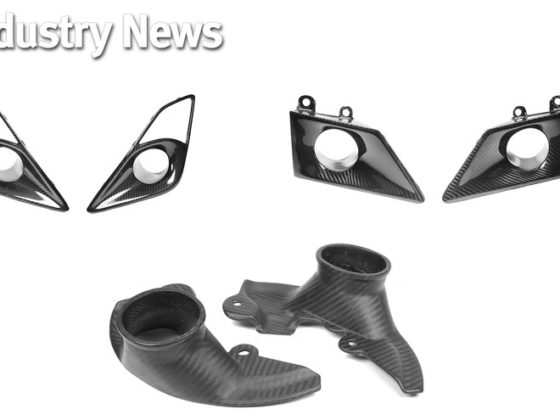,

This was my attempt at getting a temperature profile along the hood starting at the leading edge and moving towards the central vent using a handheld pyrometer. Keep in mind, the car has been sitting for a few minutes with the hood shut. As you can see, the hood gets progressively hotter starting at 95F and approaching 112F near the central vent.



So it appears as if our hood modifications are functional in extracting hot air from the engine bay. Now let’s do a (super) rough calculation on the downforce generated (Chuck, yeah, I gotz time for dat!). There’s this thing called Newton’s Second Law which basically says the time rate of change in linear momentum of something is equal to the sum of the forces acting on it. In our case, the ‘something’ is air and the time rate of change in the linear momentum of the air is due to us turning the air upwards. Newton was a pretty smart guy and came up with a Third law that basically said for every action, there’s an equal and opposite reaction. In our case, the ‘equal and opposite’ reaction is downforce and drag acting on the hood.

After playing with linear momentum equations, we end up with these two equations to give us downforce (Fz) and drag (Fx) forces.


Keep in mind many assumptions were made in this back-of-the-envelope calculation. We’re not taking into consideration the air exiting the vents that would have otherwise left the engine bay out the bottom of the car thereby increasing lift. Is the ‘height’ of air affected by the flap only equal to the height of the flap? I doubt it. But hey, this simple calculation gives us an idea of what’s going on along with the trends in the downforce and drag curves versus flap angle.
So there you have it, a DIY hood venting job that should improve our cooling and even give us a little downforce on the front. Yes, the hood is Silverstone Silver whereas my car is Sebring Silver. I’ll get around to that later, but I have another project that involves hacking up the hood some more so I’ll save any possible painting until after then. Oh yeah, math is cool, stay in school. Fluid mechanics is pretty cool too. And so is Mechanical Engineering.



